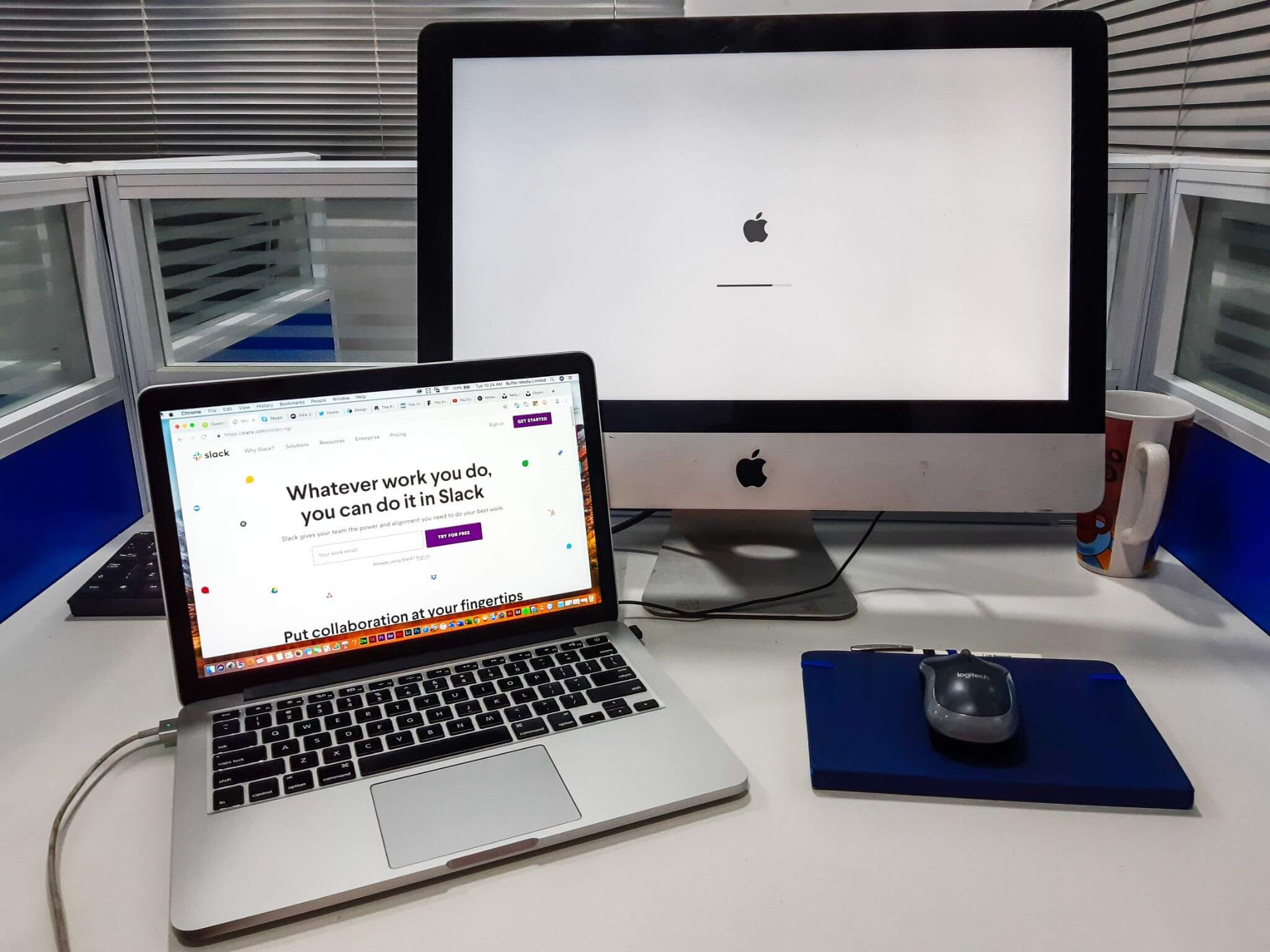Sometimes working with apps that are not compatible with your Mac may trigger the occurrence of different bugs. Unlike many other files like documents or videos that you have to drag to the Trash, removing an incompatible app requires you to follow different procedures.
This is because an app is stored in more than one place, and many apps have small “satellite” apps. Below are ways to remove apps that are no longer compatible with your Mac.
Use CleanMyMac X
When working with Mac, some are apps that have no official app for it, and therefore, the only way to make use of these apps is by learning how to make a website an app. Unfortunately, with time, these programs may become obsolete and incompatible with your Mac. Using CleanMyMac X is one of the simplest methods to remove such kinds of apps.
Unfortunately, for too many people, the procedure for deleting apps is lengthy. It takes a lot of time, especially if your Mac is running slow due to the storage space. Using the Uninstaller module provided by the CleanMyMac X is a faster method of eliminating multiple apps at once. The procedure for installing and using CleanMyMac X is as follows; download the free version of CleanMyMac X and launch it, go to the Uninstaller, choose All Applications, check the box that appears for the apps that you want to remove, and then press Uninstall.
Uninstall using Trash
Despite the type of macOS you are operating with, either Catalina or Mojave, the process of uninstalling an app remains almost similar. Open your Mac Finder, click to Applications, choose the app you want to delete, press Command+ Delete, open Trash and click the empty button in the upper-right corner of the window. Uninstalling some apps on macOS Big Sur needs you to get rid of the available leftovers, despite being one of the most sophisticated systems for the Mac.
To completely remove these programs from your Mac, there is a need to find all the associated files that came along with it. It’s a lengthy process that requires you to search into the depths of the system files on your computer. Understanding that some apps store cache in different locations of your Mac is essential in this case. Therefore, when uninstalling, you have to go over the applications, library, caches, application support, crash reporter, and preferences and remove the following; binary and dock icons, application support files, support caches, plugins, library, app preferences, and crashes.
Uninstall Mac programs with Launchpad
the procedure for uninstalling an app using the Launchpad is simple steps that include, click the Launchpad icon in your Mac’s Dock, find the app you want to delete, click and hold the app until it starts shaking, click X in the top-left corner of the app icon and finally click delete. This procedure will uninstall the app from your Mac.
You must keep in mind that removing the program completely needs you to also delete its leftovers. For the case of apps that are pre-installed macOS components or protected by the system, it might be a bit tougher as the app might fail to be deleted. This also happens to apps that are already open.
For these cases, try applying manual removal after force quitting the app in question or rebooting your Mac. For example, press Command-Option-Esc, and the selected app will be shut down. If the first methodology works for you, there is no need to use the alternative force delete method as it takes time, especially if your computer is slow.
Make use of the native Uninstaller
Most computer applications are designed to clean after themselves. But unfortunately, they are modelled with a self-destroying utility bundled with the main app. You must have seen this may not once, twice, or thrice when dealing with third parties that you download from the internet.
The original uninstallers are found in Finder>Applications. If the app you were using looks like a folder, most likely it has a separate uninstaller. Open the folder to the app you want to delete, find the associated launcher and follow keenly the instructions that each step will give to remove the app completely.
Make sure that you delete the application support files, application preferences, and caches through the Finder. If you had been applying “spring” in your application folder, there are chances that some files are still left somewhere in your Mac’s system. Deleting them permanently can be achieved by using CleanMyMac X, as it will close all those files as a quick way of force deleting them.
Conclusion
There are various ways that you can use to remove apps that are no longer compatible with your Mac. It’s upon you to make the best choice depending on the information provided above to remove them.
